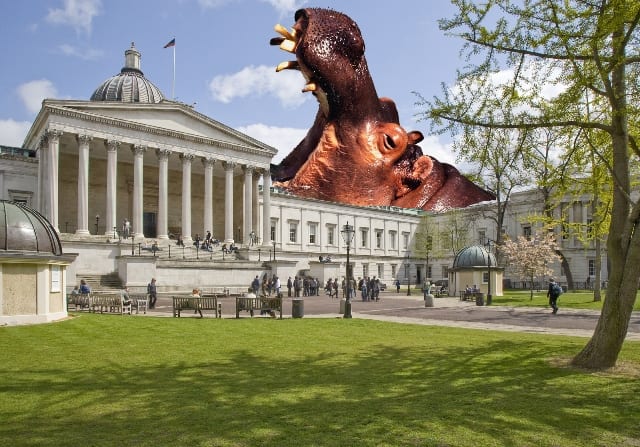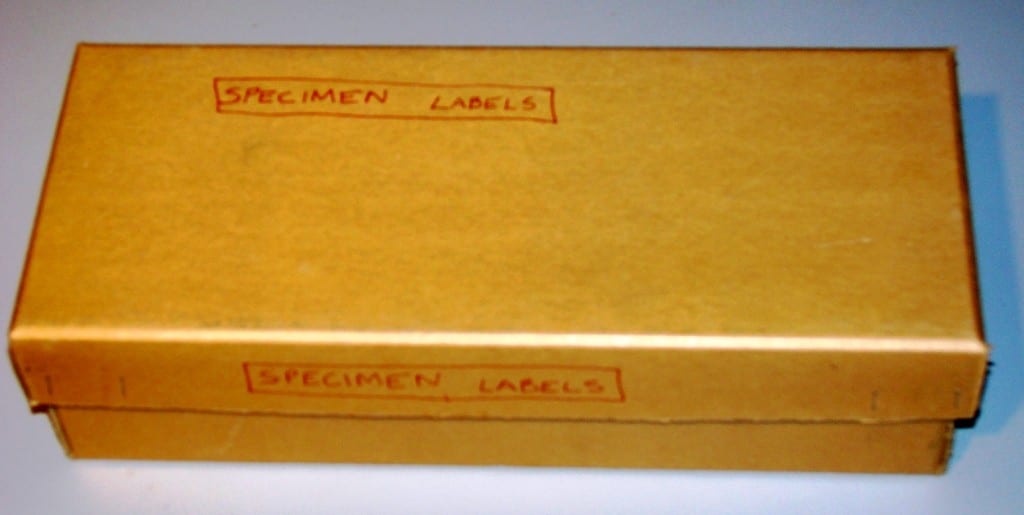From the Archives: A letter from Robert Grant
By Mark Carnall, on 11 February 2015
Off of the back of this blog post about the mysterious missing specimens that were donated to the University I was contacted by UCL’s Records Manager, Colin Penman, about an exciting discovery in UCL’s archives. Colin recalled seeing a letter in the archives from the Museum’s founder and first curator, Robert Grant, so I arranged to go and see it. This was exciting because aside from published lectures and public letters, very few of Grant’s papers and correspondence are known to exist. This is doubly frustrating and surprising because as Sarah Parker notes in her biography of Grant, according to an anonymous biographical sketch of Grant from 1850, Grant had the odd habit of meticulously taking and keeping journals and notes of observations, thoughts, references and manuscripts of private letters (Parker 2006). What happened to Grant’s papers have been subject to speculation but the fact remains that to date, we have precious little of his original correspondence preserved.
This is an 1858 letter from Robert Grant to William Dougal Christie, the minister plenipotentiary to Argentina at the time, sent via the college secretary Charles C.Atkinson, giving an account of a collection of specimens from Uruguay donated to Grant’s collection. Fair warning, the letter itself is quite long and fairly officious but has been transcribed here in full to get this rare letter out there that will hopefully be of interest to Grant scholars and people curious about our founders history alike.
 Close
Close






